Let Me Tell You a Story About the Power of Medical Research
Mike Methner, a police officer in East Brunswick, New Jersey, had just finished field sobriety training to spot signs of drunk driving.
It was shocking, then, when he came home and noticed one of those signs—an involuntary eye movement known as nystagmus—in his 2.5-year-old son, Michael.
“I had literally just learned that nystagmus could be a sign of intoxication or brain injury,” he recalled. He showed it to his wife, Emily, a nurse, who jumped on calling Michael’s pediatrician. A series of doctors’ appointments led to a specialist who ultimately delivered the bad news:
Michael had brain cancer.
“When we saw the size and location of the tumor and realized that it might kill him, we were completely devastated,” said Emily.
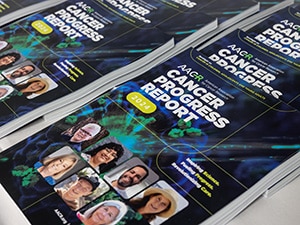
But eight years later, Michael is a thriving 10-year-old, something he and his parents attribute to a new targeted therapy and the medical research that led to its development. His story was featured in this year’s AACR Cancer Progress Report, unveiled September 18 with a congressional briefing in Washington, D.C.
The report, now in its 14th edition, “is a cornerstone of AACR’s [American Association for Cancer Research] efforts to increase public understanding of the benefits of medical research while also advocating for increased funding from the federal government to fuel and accelerate progress against cancer,” said AACR Chief Executive Officer Margaret Foti, PhD, MD (hc), in remarks at the congressional briefing.
“The progress discussed in the report is clear evidence that finding cures for cancer and helping patients is an attainable goal,” added AACR President Patricia M. LoRusso, DO, PhD (hc), FAACR, “but it will take commitment by cancer researchers, the government, and the community to invest in cancer research.”
Illustrating the power of medical research were the four cancer survivors in attendance, living testaments to the immense leaps cancer treatment has made in recent years. Among them was Michael, who, along with his parents and sister, Lillian, traveled to Washington, D.C. to share his story and advocate for increased medical funding.
The Impact of Medical Research
When Michael was first diagnosed, his family explained, the standard of care for his cancer, optic nerve glioma, was still chemotherapy. So, every Monday for four years, Michael received toxic platinum-containing chemotherapy through a port in his chest and suffered the debilitating nausea and nerve pain that came with it.
“Intravenous chemotherapy for a 2.5-year-old is unbearable,” his father, Mike, said, adding that while the treatment didn’t shrink the tumor, it did keep it at bay for a few years.
After chemotherapy stopped working, Michael switched to a targeted therapy called bevacizumab (Avastin), but that led to kidney failure and brought him scarily close to a stroke. He then moved on to trametinib (Mekinist), which halted the tumor’s growth, but like the other treatments he had tried, didn’t shrink it and came with its own set of harsh side effects.
Eventually, an experimental targeted therapy, tovorafenib, became available to Michael as part of a clinical trial. Tovorafenib is designed to block the tumor-promoting activity of mutant RAF proteins, and since Michael’s tumor had one of the RAF mutants the drug targets, he was a candidate for the therapy.
The drug was a gamechanger, say his parents, not only stabilizing the tumor but actually shrinking it—the first treatment to do so—and all with minimal side effects. Unlike chemotherapy, there are no ports, no weekly infusions, no days missed from school.
“He just has to take a few pills once a week and be on his merry way,” said Emily. “We are so thankful that he is allowed a normal childhood because of the research that was done to develop this targeted therapy.”
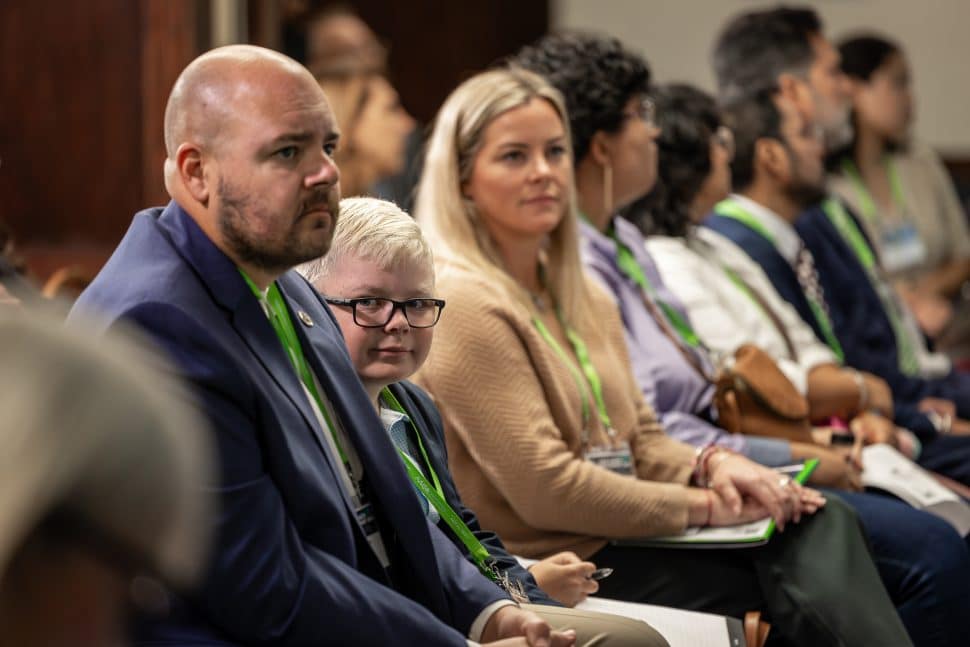
This past summer, tovorafenib was approved by the U.S. Food and Drug Administration, under the brand name Ojemda, making it available to more children with brain tumors like Michael’s. This breakthrough was only possible because of decades of research discoveries, said LoRusso.
“We are in a time of unparalleled opportunities in cancer research,” LoRusso continued, noting that most cancer research is supported by funds from the federal government. “Not increasing investment in cancer research will impede this momentum.”
Concerns About the NIH Budget
The release of this year’s AACR Cancer Progress Report was set against the backdrop of tenuous federal funding for the National Institutes of Health (NIH), the world’s largest funder of cancer research.
“Unfortunately, after supporting eight years of growing federal budgets for medical research, Congress cut NIH funding this past year for fiscal year (FY) 2024,” said Foti. She explained that the cuts were a direct consequence of budget restraints imposed by the Fiscal Responsibility Act, which passed last year and mandated spending caps for FY2024 and FY2025 to combat the national debt.
The reduction to the NIH budget “threatens to curtail the medical progress seen in recent years and stymie future advances,” Foti warned.
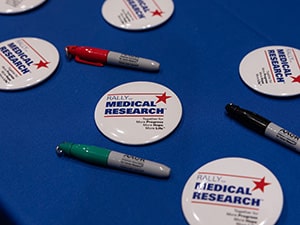
This is why the AACR and more than 350 other organizations banded together to host the annual Rally for Medical Research on September 19, the day after the report was released. The AACR is the founding organizer and lead sponsor of the event, which, for 12 years, has brought constituents from across the country to Capitol Hill to communicate the importance of medical research to their congressional representatives.
This year, Rally participants advocated for a base NIH budget of $51.3 million for FY2025, which would represent a 5% increase over FY2024 plus adjustment for biomedical inflation.
“By following through on our request,” said AACR Chief Policy Officer Jon Retzlaff, “our nation’s policymakers will ensure that U.S. researchers have access to the resources that are required to make scientific discoveries that, in turn, lead to life-saving cures and improve the health and well-being of people across the country and around the world.”
A Community Rallies
The Rally welcomed participants to Washington, D.C., with a reception the night before the event, where attendees heard moving remarks from political and scientific leaders.
Senator Dick Durbin (D-Ill.), a long-time member of the Senate Appropriations Committee, proclaimed, “Medical research is hope, and it is worth the investment,” and NIH Director Monica Bertagnolli, MD, told attendees, “You are the voices that drive the work we do at NIH. Anything that holds us back is an affront, and we have to tackle it.”
Attendees even heard from Michael himself, who, as a last-minute addition to the program, climbed atop a chair to reach the microphone and deliver an unscripted rallying cry.
“I’m Michael Methner, I’m a glioma survivor, and funding is why I’m still here,” he declared.
The next morning, inspired by the remarks of the previous night, more than 260 Rally participants ascended Capitol Hill driven by a united goal: to achieve robust and sustained funding for medical research. As part of the New Jersey delegation, Michael and his family met with staff from the offices of Senator Cory Booker (D-NJ), Representative Chris Smith (R-NJ 4th), and Representative Bonnie Watson Coleman (D-NJ 12th).
At each stop, Michael shared his experience—the debilitating side effects of chemotherapy and the success of an experimental therapy in shrinking his tumor and improving his quality of life.
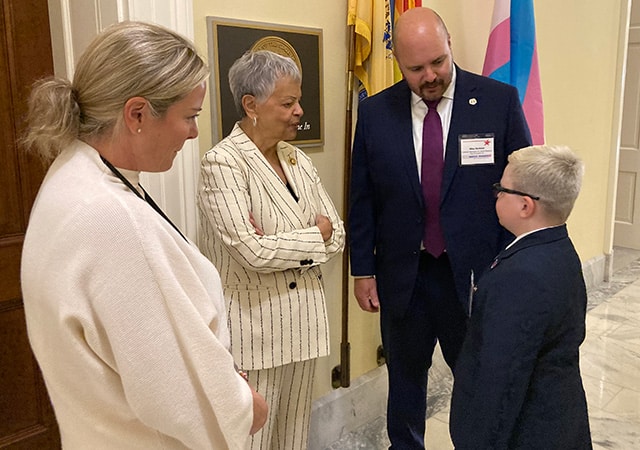
“Research is what is keeping me alive,” Michael told Representative Watson Coleman, who joined staffers for the meeting. “The medicine, yes, but also the funding that makes these types of medicine possible.”
His father added, “At work, we like to say, ‘You trade your life for money.’ But funding medical research is the one place where you can trade money for your life.”
Moving Forward and Giving Back
These days, Michael is a typical 10-year-old, fascinated by dinosaurs, graphic novels, and Star Wars (just don’t mention the sequels—he doesn’t approve), with big plans to become a researcher himself.
The type of research, though, is still a bit up in the air.
“I was going to discover how to recreate Godzilla,” he said, “but I gave that up once I realized how high his carbon footprint would be.” Now, Michael is considering some different ideas, perhaps using robotics, medicine, or a combination of the two to help other kids with cancer.
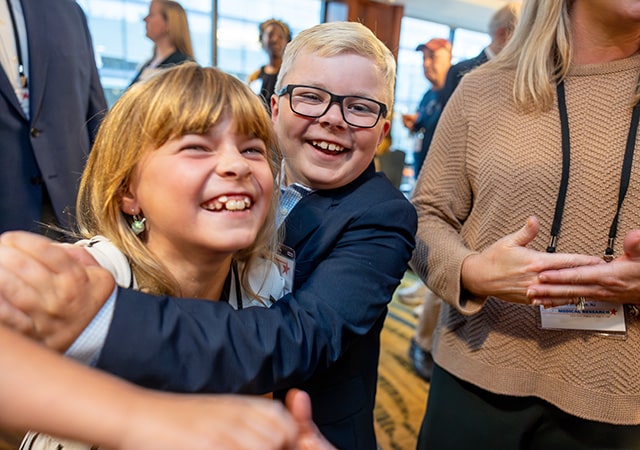
He is also passionate about continuing to advocate for medical research.
“As the recipient of all this progress, we are so close, but taking the funding away is like taking one step forward and five steps backward,” he said. “We need this funding.”
It was this passion that convinced Michael’s family to go public with their experience.
“This is all very much out of our wheelhouse, but it’s something Michael was clear about wanting to do,” said Emily. “Sharing his story and doing what he can to support funding—that’s his way of giving back to the research that saved his life.”
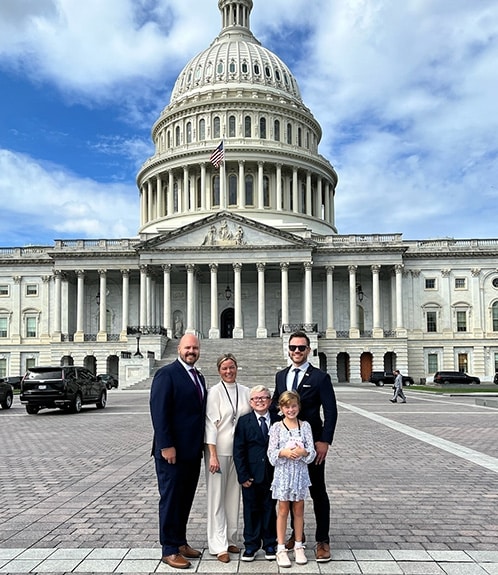
We All Have a Story
But Michael isn’t the only one with a story to tell. Most of us have been touched by cancer in one way or another, and each of the Rally’s participants—patients, survivors, caregivers, loved ones, researchers, physicians, advocates—came to Capitol Hill with something of their own to share.
There was the 18-year survivor of breast cancer with an inherited BRCA mutation—whose mother died from breast cancer and whose children are approaching the age when they, too, will be tested for the mutation.
There was the thyroid cancer researcher, herself a thyroid cancer survivor, who has seen firsthand the impact of research on patient care, as well as the consequences of unpredictable NIH funding.
There was the man who is living with stage 4 kidney cancer and dedicating his time to advocate for kidney disease research.
And there was the man who survived cancer but lost both parents and a sister to the disease—and whose three-year-old granddaughter was just diagnosed.
The power of their experiences—and those of countless others—are why Senator Durbin, on the eve of the Rally, called these the six most important words in all of politics:
“Let me tell you a story.”



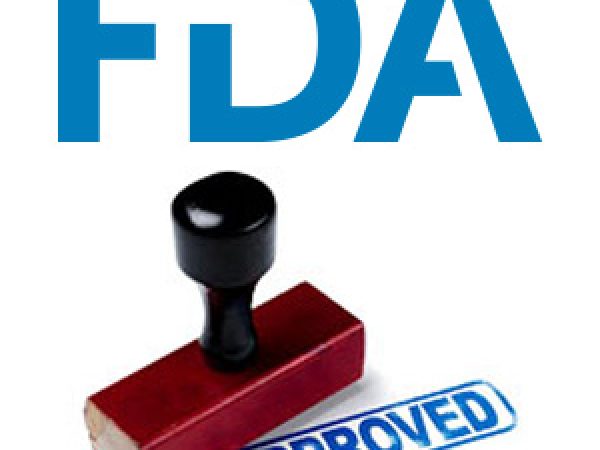
What a very sweet and articulate kid. Thank you to Michael and his family for raising awareness of why this funding is essential for our country.